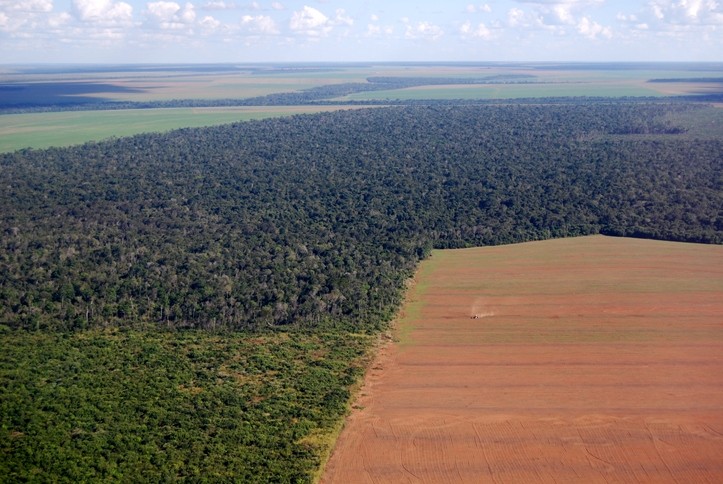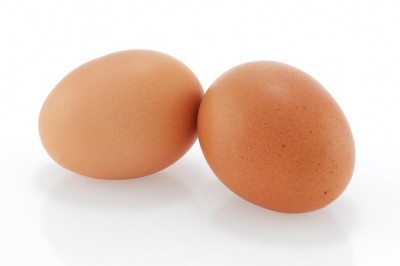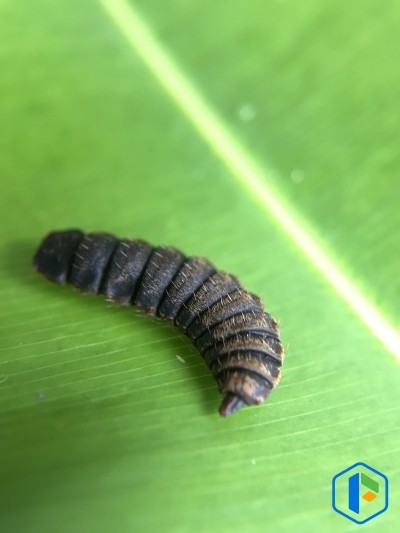Nando’s looks to more sustainable protein sources for its chicken feed

The casual dining brand, which operates 930 outlets worldwide, is looking for replacements to soy given that protein ingredient’s link to deforestation.
The chain said it will support research into feeding broilers algae and insects, which could prove a more sustainable protein source. It is also working to source more sustainable soy and wheat feed.
Nando’s said it also plans to increase its plant-based offering to customers.
The chain wants to cut direct carbon emissions from its UK and Irish division to zero and halve the carbon footprint of the average meal in its restaurants by 2030.
“We are launching ambitious new commitments which will set a strong example for what our industry can do to make a genuine difference,” said Colin Hill, chief executive of Nando’s UK and Ireland, which has about 350 outlets.
He told the Financial Times that menu prices would not increase as a result of the changes, nor would Nando’s switch any of its suppliers.
The company is also aiming to combine improvements in environmental sustainability with animal welfare.
Having signed up to the Better Chicken Commitment in May this year, the restaurant chain giant has also released a public commitment to raise chicken welfare and environmental standards across its UK and Ireland supply chains.
Similar pledge from McDonald’s
In 2018, we reported on how McDonald's was championing research into insect feed and exploring the potential of protein derived from seaweed as alternatives to soy in chicken feed.
As a part of its holistic chicken sustainability strategy, the food service group said back then that it had been investing in pioneering research into potential alternatives to soy in chicken diets for many years.
“To try to meet the demands of the chicken industry in decades to come, it is really important that we start looking now at alternative [feed proteins to soy] because there is simply isn’t the land that is not covered in tropical forest available so that by 2050 we can feed the world chicken supplied through soy... and it will take some time to develop them [feed protein replacements] to the stage where they can be used commercially,” Nicola Robinson, senior manager on the global sustainability team at McDonald’s Corporation, told us previously.
“McDonald’s has been partnering with one of our chicken suppliers, Cargill, as well as a number of academics institutions on these projects so that they might one day become a commercial reality,” she said.
Insect meal for use in chicken feed would appear to have more potential than seaweed meal in the short-term, said Robinson back then.
The findings of the work backed by McDonald's indicated then that insect meal was more digestible than vegetable protein in poultry diets, resulting in a positive impact on litter quality and welfare. However, the economic cost of insect protein was currently about double its nutritional value, she said.
Protein enrichment of seaweed can increase protein content, according to another strand of the research effort looking at macroalgae, she said. The researchers saw that the amino acid profile similar of seaweed is similar to soy and permits substitution of soy up to 18 days with good digestibility. However, the high sodium content of seaweed was a technical hurdle that needed to be overcome, and required further investigation, added Robinson.
“With both of them [insects and seaweed], there is the challenge that we have of scaling them up and getting them to have a competitive cost to soy.”








